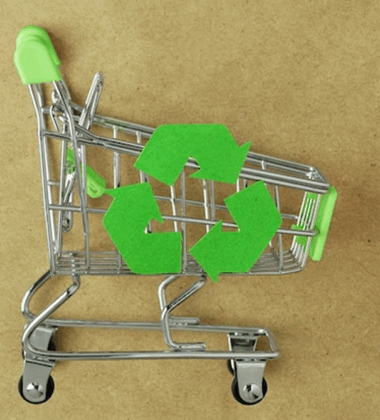In the high-stakes world of trade shows, where flashy visuals and rapid-fire pitches dominate the floor, one strategy consistently drives deep and lasting impact: emotional branding.
At The Global Products Expo, set to take place from June 26–28, 2025, at the New Jersey Expo Center, exhibitors from around the world will showcase cutting-edge innovations. But the booths that stand out—and stay in memory—aren’t just the loudest or most tech-enabled. They’re the ones that make people feel something.
What Is Emotional Branding?
Emotional branding is the practice of connecting with consumers on a human level—tapping into their values, identities, and aspirations to foster trust, loyalty, and meaningful engagement.
Rather than focusing solely on product features, emotionally intelligent brands build stories, deliver purpose, and invite audiences into a relationship that extends well beyond a single transaction or booth visit.
Emotional Branding at a Glance:
- Focus: Connection over conversion
- Tools: Storytelling, sensory experience, authentic communication
- Results: Higher retention, stronger word-of-mouth, brand advocacy
Why Emotional Branding Matters at Trade Shows
At expos—especially dynamic, category-spanning events like the Global Products Expo USA—competition is fierce. Buyers, partners, and consumers are bombarded with options. What cuts through the noise is not just a unique product, but a resonant brand personality.
The Power of Emotion in Expo Settings:
- Emotions drive decisions. Studies show that consumers use emotion over logic when evaluating brands.
- People remember how you made them feel. First impressions at expos are often emotional, not rational.
- Storytelling increases recall. Brands that tell a story are 22x more memorable, according to neuroscience research.
Examples of Emotional Branding in Action
1. Heritage-Based Storytelling
A family-owned olive oil company showcases its roots through a timeline wall, taste-and-tell stations, and stories from the founder’s grandmother.
👉 Emotional trigger: Nostalgia, authenticity, legacy
2. Purpose-Driven Messaging
A plant-based snack brand highlights its carbon reduction impact with interactive visuals showing how each purchase helps the planet.
👉 Emotional trigger: Empowerment, responsibility, shared values
3. Inclusive Brand Voices
A beauty company integrates QR codes that link to customer testimonial videos from people of different backgrounds and skin types.
👉 Emotional trigger: Representation, trust, identity
Emotional Branding for Food & Beverage Brands
For food and beverage exhibitors, emotional branding is especially powerful. Food is emotional by nature—it evokes culture, comfort, celebration, and care. When showcasing products at expos:
- Tell your ingredient story. Where does your food come from? Who grows it?
- Design sensory-driven booths. Use smell, texture, and color to connect deeper.
- Highlight real people. Feature chefs, farmers, or everyday customers.
- Offer shared moments. Tasting events or “kitchen table” setups spark belonging.
Tactics to Implement Emotional Branding at the Global Products Expo
Here’s how to activate emotional branding in your expo booth setup and marketing strategy:
1. Lead with Why
Don’t just tell people what you do—show them why you exist. Your “why” is your emotional core.
2. Use Relatable Language
Avoid jargon. Use language that mirrors how your ideal customer feels or speaks.
3. Leverage Design for Emotion
Colors, lighting, and even booth flow affect emotion. Choose them intentionally to evoke your brand’s values.
4. Empower Your Team
Your staff should embody your brand personality. Train them to connect, not just pitch.
5. Make It Personal
Allow visitors to personalize their experience—build a sample box, share their story, or leave feedback. Participation builds ownership.
Emotional Branding and the Future of Trade Shows
In an age of automation and AI, what makes your brand human is what makes it powerful. Emotional branding is no longer a luxury—it’s essential.
Attendees at the Global Products Expo 2025 won’t just be looking for the most innovative or best-priced product—they’ll be looking for brands that feel relevant, trustworthy, and human.
Whether you’re a food innovator, sustainable brand, or legacy company, the emotional connection you create could be your most valuable competitive advantage.
Final Thoughts
Emotional branding is about creating real resonance in a space full of distractions. At trade shows, where attention is fleeting, the brands that connect emotionally are the ones attendees remember, revisit, and recommend.
As you prepare for The Global Products Expo, ask yourself:
“How do I want people to feel after visiting my booth?”
Build from that answer—and your brand won’t just be seen. It will be remembered.





